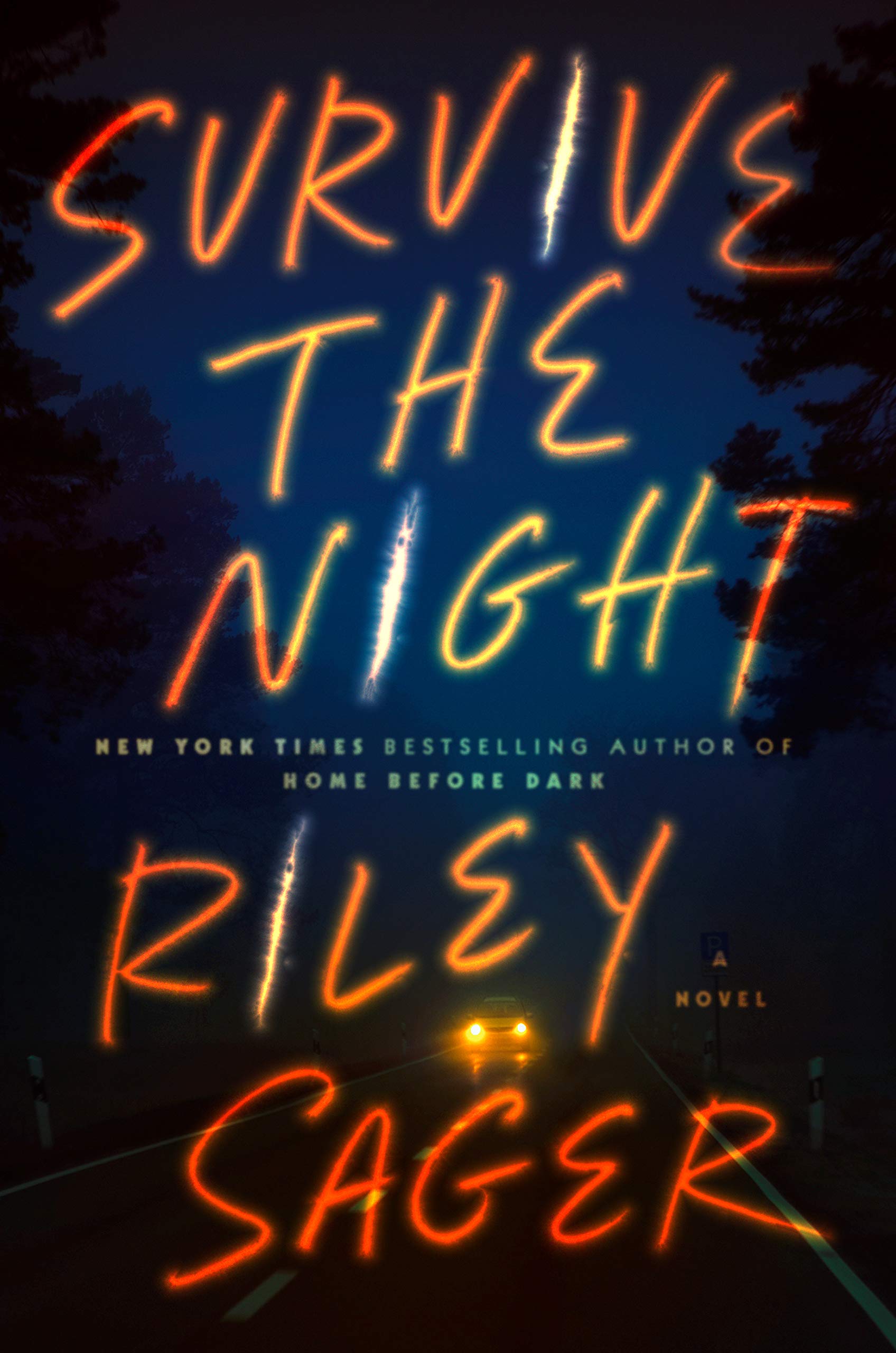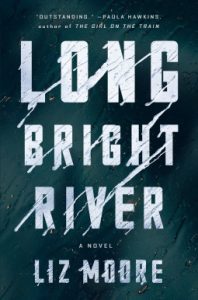
Riley Sager’s Survive the Night begins with an irresistible hook: a young woman trapped in a car with a stranger who might be a serial killer. It is the kind of premise that feels ripped from a late-night movie marathon a blend of classic Hitchcock tension and modern psychological thriller. Set in the early 1990s, when landlines and pay phones ruled, this story taps into a nostalgic yet claustrophobic atmosphere that keeps readers guessing from the first page to the last.
Charlie Jordan is a college student haunted by grief and guilt after the murder of her best friend, Maddy, at the hands of the Campus Killer, a murderer who has been terrorizing her university. Broken by trauma, Charlie decides to drop out of school and return home to Ohio. Desperate for a ride, she posts on the campus ride-share board and meets Josh Baxter, a quiet, polite man heading in the same direction. He seems normal until small inconsistencies in his story begin to pile up.
As the two drive through the night, with nothing but the radio and endless stretches of highway between them, Charlie’s paranoia grows. Is Josh who he says he is? Or is she sitting beside the killer who murdered her friend? The further they drive, the more surreal the journey becomes, twisting between fear, imagination, and memory until neither Charlie nor the reader can be certain what’s real.
Sager is known for his high-concept thrillers, and Survive the Night certainly delivers on suspense. The story takes place almost entirely over a six-hour period, making it one of his most tightly contained narratives. The pacing is relentless, and Sager’s cinematic prose keeps the tension simmering as new details unfold. For much of the novel, it feels like being inside a psychological pressure cooker.
However, Survive the Night has proven divisive among readers. Some, like many longtime fans of Sager, were disappointed by its lack of realism and the implausible decisions made by its protagonist. Charlie’s naivety especially her willingness to get into a car with a stranger when a serial killer is on the loose stretches belief. Her tendency to second-guess herself repeatedly can be frustrating, particularly for readers who prefer more grounded character logic. Others found the final act overly dramatic and tonally inconsistent with the rest of the book, feeling that it veered from psychological thriller into near fantasy.
Yet there is something undeniably engaging about Charlie as a character. She is unreliable, damaged, and lost in her own cinematic imagination a film student who filters the world through the lens of old movies. Her obsession with film adds an interesting layer to the narrative, blurring the line between reality and performance. Even when her decisions defy reason, they make sense for a young woman trying to process trauma and guilt through make-believe.
Stylistically, Survive the Night is pure Riley Sager. The short, punchy chapters and constant sense of dread make it compulsively readable. The 90s setting adds an atmospheric charm, free from modern conveniences like GPS or cell phones, amplifying the sense of isolation. The ending may not satisfy every reader, but it certainly surprises and in a Sager novel, that is half the fun.
Overall, Survive the Night is a tense, fast-paced thriller that feels like a movie you can’t look away from, even when you’re shouting at the screen. It’s flawed but unforgettable, blending fear, nostalgia, and psychological twists in true Riley Sager fashion. Fans of Final Girls and Home Before Dark will find familiar rhythms here, though this ride down the highway of paranoia takes some unexpected and sometimes uneven turns.
If you’re in the mood for a cinematic, high-adrenaline read that will keep you second-guessing until the end, buckle up for Survive the Night.


